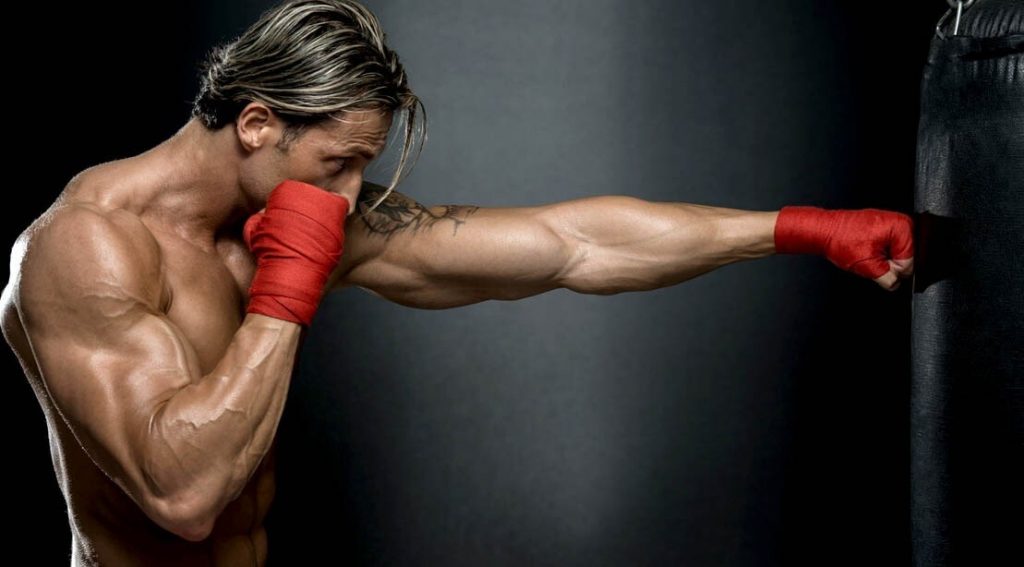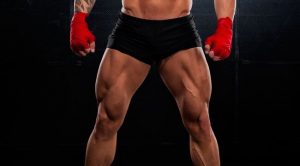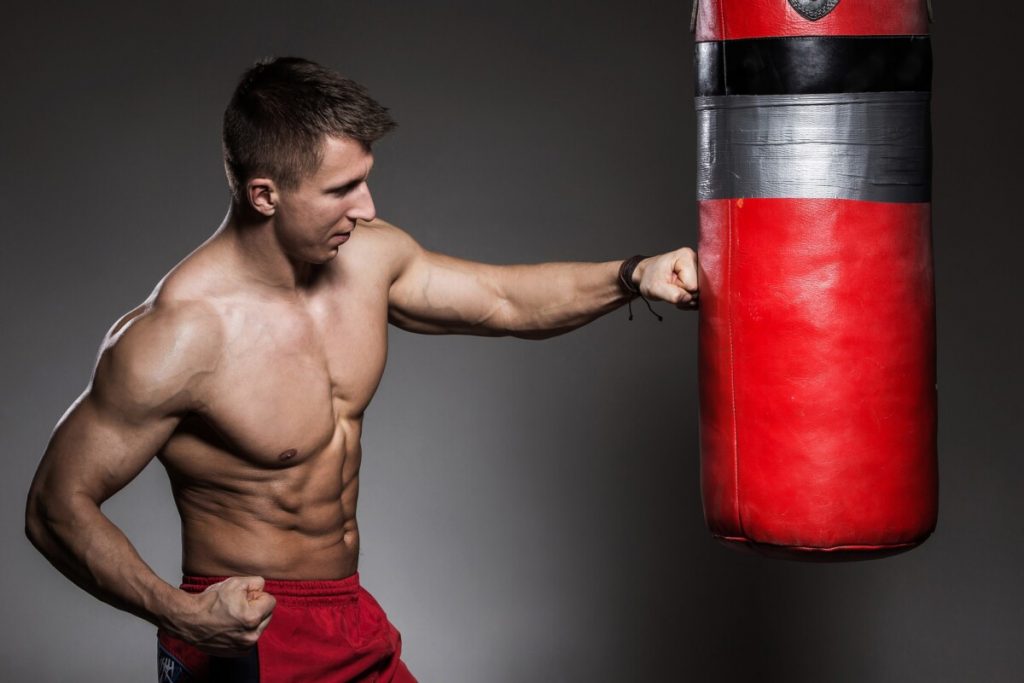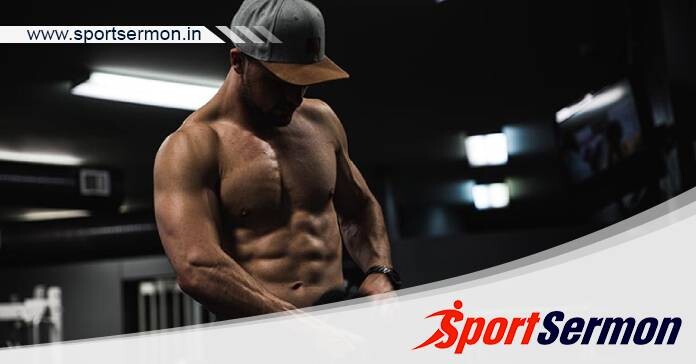Boxing Muscle Groups: Boxing is an amazing form of martial arts. It’s a fantastic approach for self-defence in addition to being a fantastic way to lose weight. In the end, boxing helps people feel and look better about themselves by helping them acquire lean muscle and reduce weight.
Have you ever wished you had an experienced athlete’s body? Boxers have a certain body composition that enhances your flexibility, strength, power, and athleticism in addition to looking amazing.
Training is varied and rigorous. It’s interesting and never gets old. Each session is different, and you keep learning as you go. Even after years of practice, practitioners continue to discover new things every day.
From the outside, boxing appears to be limited to punching. It’s true that you will be moving your hands a lot, but it’s also a full-body workout with targeted muscle groups. You might not know this, but when you exercise, boxing builds particular muscle areas in your body.
Here’s a brief summary of the many body parts that you strengthen via training in this discipline to help clarify things. Today, We will outline 3 muscular areas that boxing exercise helps to build.
3 Muscle Groups Enhanced by Boxing
1) Shoulder muscles: Trapezius and Rotator Cuff

Undoubtedly, boxing involves a lot of the science of punching. In addition to learning how to create power and transmit it to their fists, practitioners also learn how to throw textbook strikes. However, there’s a widespread misperception that strength derives from the arms.
The base of the legs produces power, which is then transmitted through the core and ultimately to the fists. However, it passes through the shoulders as well.
To put it simply, the trapezius and the rotator cuff—which is made up of muscles like the supraspinatus, infraspinatus, teres minor, and subscapularis—are continually worked and strengthened. They enable the quick and fluid delivery of punches with maximum force while stabilising the shoulder blades.
They function similarly to pistons launching blows from the holt, or upper torso. Your punches will be more technically sound if your shoulder muscles are stronger. Punching becomes precise, quick, and efficient as a consequence.
It takes endless hours of training to become proficient in boxing. You must be prepared to invest the necessary time and effort. It’s not simple. However, it will be well worth it when you begin to notice gains in your physical appearance and athletic ability. Getting better at your workouts is the best feeling in the world.
Even more so, boxing is an excellent martial art for personal protection. You may become a real fighter by strengthening your muscles and learning how to punch correctly.
You might also be interested in reading this: What is The Hand Trap Use in Boxing?
2) Quadriceps – Leg Muscles

Boxing may initially appear to be only focused on building hand strength and arm strength. Unknown to many, though, boxing genuinely strengthens and develops the whole lower body, including your legs.
Punching strength is really produced by the legs at the base of the body, not merely the fists. It goes without saying that you can exert greater force if your legs are stronger.
Footwork and head mobility play a major role in boxing. It takes a great deal of skill and practice to be able to move gracefully and purposefully around the ring. Even seasoned fighters have trouble with their mobility in the boxing stance since it’s an art form.
Leg muscles are mostly lengthy and have a large range of motion. Your muscles cooperate to provide you with a great range of motion. The thigh and the calf are the biggest muscular masses in the leg. These two receive the most training from boxing, which focuses on the quadriceps.
As you move in complex motions, from side to side, and forward and backward, your leg muscles get stronger.
You move all the time when you’re training and competing. It’s critical to have powerful legs. You must ensure that your legs are moving as effectively as possible since they also burn the most calories and require the greatest amount of energy.
3) Core Muscles: Obliques, Hip Flexors, and Abdomen

Not to mention, boxing gives your core muscles a lot of exercise. Consider the core to be the body’s energy reservoir. This is the source of your energy and endurance. The core is usually used when doing any kind of sports exercise. You won’t be able to participate in any physical activity for very long if your core is weak.
Fortunately, boxing targets the core directly, activating the movers—the hamstrings, hip flexors, and external obliques—as well as the stabilizers—the abdomen, internal obliques, and diaphragm.
For example, punching entails squeezing the abdomen and twisting the body. Your obliques get stronger as a result, strengthening the muscular layer that surrounds your important organs. In boxing, it’s common to take body shots from an opponent, therefore having strong core muscles is essential.
Conversely, advancing through the ring requires using all of the surrounding muscle fibres, including the hamstrings and hip flexors.
In summary
To put it simply, boxing works for every major muscle group in your body, providing a whole-body exercise.
These are the 3 Muscle Groups Enhanced by Boxing. Let us know your thoughts in the comment section below.

